Cybercriminals are targeting small businesses more and more. Reports show that one in five small businesses conducting operations online has experienced a cyberattack, leading to substantial financial losses.
This guide will provide the latest information and practices to shield your business from cyber threats. It will cover topics like:
Employee training
Setting employee restrictions
Secure password practices
Using the right software
Protecting sensitive company data
And more…
Don't leave your small business open to hackers waiting for a chance to attack. Let's begin.
Small business cybersecurity risks
Small enterprises typically have less robust security measures than larger organizations. Because of this, cybercriminals prefer to target smaller companies using one or more of the following cyber threats:
Phishing attacks — Attackers use misleading emails and messages to trick employees into sharing confidential information or clicking on harmful links. This situation can lead to unauthorized access, malware infections, or financial fraud.
Ransomware attacks — This type of malware is used to encrypt files and systems, with attackers demanding payment to restore them. Small businesses might be more inclined to pay to avoid data loss or downtime.
Malware infections — Viruses, worms, trojans, and spyware, can steal data, disrupt operations, or enable additional attacks.
Distributed Denial of Service (DDoS) attacks — These attacks overload a network, website, or online service with excessive traffic, causing it to crash or become inoperable.
Credential stuffing — Using stolen or publicly accessible credentials, attackers attempt multiple simultaneous logins to gain unauthorized system access.
Man-in-the-middle (MITM) attacks — These attacks intercept communications between two parties, possibly modifying them, to steal sensitive information or inject malicious content.
SQL injection attacks — Cybercriminals use these attacks against web applications to access the application's database and alter or erase data.
Cryptojacking — Attackers install cryptocurrency mining software on an unsuspecting user's computer, using its processing power to mine cryptocurrency.
Social engineering scams — Cybercriminals trick victims into executing actions that benefit the attackers, such as revealing sensitive information or transferring funds.
Business Email Compromise (BEC) attacks — Attackers, pretending to be company executives or vendors, trick employees into transferring money or sharing private information.

Small businesses are at risk from phishing, ransomware, spyware, DDoS assaults, and more.
Small business cybersecurity tips
Data breaches in small businesses often originate internally, specifically from employees and their work-related communications. Training employees in secure internet practices can greatly deter cybercriminals.
Employee training
Small businesses need to ensure their staff receives appropriate cybersecurity training to protect digital assets. Below are training tips:
Begin with basics. Introduce trainees to fundamental cybersecurity concepts like malware, phishing, social engineering, and password security.
Customize training to your needs. Tailor course content to address specific threats your company faces and give examples of potential scenarios employees might encounter.
Make it engaging. Use a variety of training methods to maintain interest, such as videos, presentations, quizzes, and hands-on exercises.
Emphasize the importance of cybersecurity. Highlight potential financial and reputational damage from security breaches and explain how everyone contributes to the company's security.
Provide practical tips. Offer useful advice on topics like creating strong passwords, recognizing phishing emails, and securing personal computers.
Teach secure web use. Instruct your team on safe web practices, such as avoiding harmful sites, using secure "HTTPS" sites, and avoiding unnecessary downloads.
Highlight email security. Discuss the dangers of phishing and other email-based attacks and how to guard against them.
Inform about social engineering. Describe common social engineering methods and how to respond to potential threats, emphasizing the importance of verifying requests for confidential information.
Develop and maintain standard operating procedures (SOPs). These documents ensure consistency and adherence to best practices in IT and security tasks, including the protection of sensitive data like customer records.

Small businesses must train their workers in cybersecurity to secure their digital assets.
Employee limits
Small businesses can mitigate insider threats by implementing strict policies and restricting access to sensitive information. Here are some guidelines:
Limit access to sensitive information. Only grant access to those who need it and deactivate unnecessary accounts to minimize potential damage from a data breach.
Regularly review and update user permissions. Ensure permissions align with job responsibilities and adapt to organizational changes. Limit the use of administrator accounts to tasks requiring special permissions.
Adopt a zero-trust security model. This model operates under the assumption that any user or device could be compromised and verifies all access requests, regardless of origin.
Monitor data in cloud services. Regularly check files and data stored in cloud services like Dropbox or Google Drive. Assign administrators to manage user permissions on these platforms.

Small businesses can stop internal threats by following strict procedures.
Passwords
Implementing the following password safety practices can greatly reduce the risk of unauthorized access to systems and protect sensitive data.
Create strong passwords. Use complex passwords consisting of uppercase and lowercase letters, numbers, and special characters.
Use unique terms. Avoid easy-to-guess words, phrases, or patterns and encourage passwords with personally meaningful combinations of letters and symbols.
Use unique passwords for each account. Ensure employees use different passwords for personal and work accounts.
Implement multi-factor authentication (MFA). MFA, which verifies identity using a method other than a password, should be mandatory for business accounts.
Teach password safety. Inform employees about best practices, like not sharing or writing down passwords and not using the same password for multiple accounts.
Use a password manager. Encourage employees to use trusted password managers, which can generate and autofill strong, unique passwords.
Change passwords regularly. Advise employees to update their passwords every 60–90 days or immediately if they suspect their password has been compromised.
Monitor for suspicious activity. Establish systems to detect unusual login attempts or signs of unauthorized access, and require password changes if suspicious activity is detected.
Use Single Sign-on (SSO). SSO allows employees to use a single login for multiple business applications and services, simplifying authentication and enhancing security.
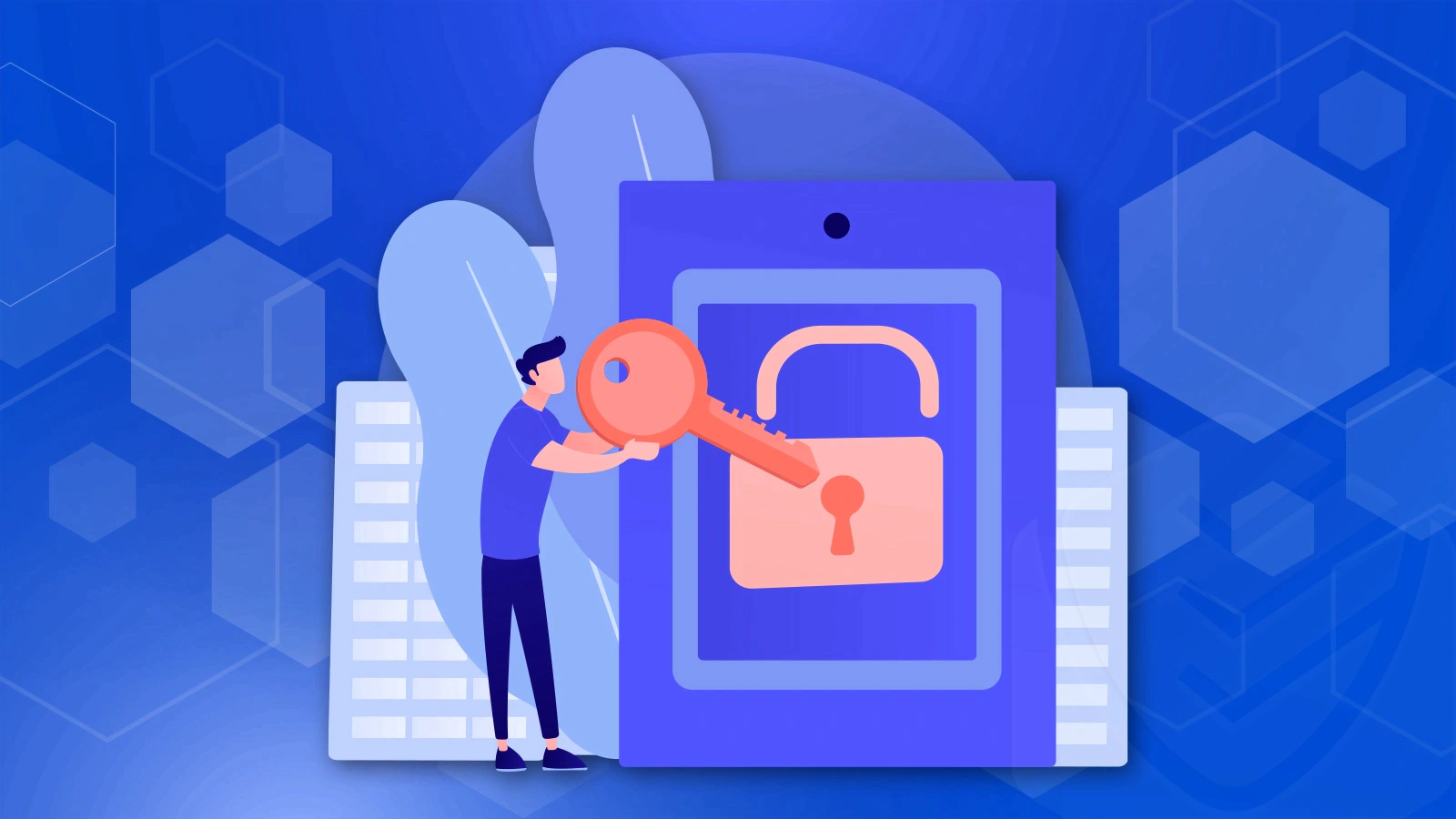

Small businesses can prevent unauthorized access to their networks by following these tips.
Software
Small businesses depend on various software programs for daily operations. To secure these tools, follow these tips:
Use antivirus software. Such software protects against ransomware, keyloggers, viruses, and phishing scams. Ensure the software can also remove malware from your computer. Popular antivirus solutions for small businesses include Bitdefender, Norton, and McAfee. We’ve also ranked all popular antivirus solutions from best to worst — visit the article for detailed insights.
Use firewalls. A hardware or software firewall can prevent unauthorized users from accessing a business computer or network. Modern operating systems like Windows 11 and macOS have built-in firewalls.
Update software. Install all security patches for your operating system, software, and programs regularly. As a result, your systems will be more secure against commonly used exploits. The risk of being attacked by malicious actors increases if you run outdated software. Also, it may be necessary to update the firmware on your Wi-Fi router manually.
Use whitelisting for applications. By using application whitelisting, you can make sure that only approved software can run on your systems. This can block malware and unauthorized apps.
Track unauthorized software installations. Make it a habit to check for and uninstall any unwanted or malicious software regularly.
Use browser extensions sparingly. Limit browser extensions because they pose security risks. Only allow extensions that have been approved, and make sure they are always up to date.
Disable auto-run. Auto-run features on devices can automatically execute potentially malicious files from removable media or network shares. That’s why it’s important to disable them.
Use session management. Your applications and systems should have a user session management strategy, including a session timeout and cookie handling.
Transfer files securely. Use software that supports secure file transfer methods like SFTP or HTTPS to protect sensitive data in transit.

Do you know if your business has the correct security tools and that they are properly set up?
Data protection
Your company manages a significant amount of data, such as employee, customer, and financial information. This data requires protection. Here are some cybersecurity suggestions for small businesses to secure your data.
Regularly back up data. It's crucial to regularly save copies of vital data (documents, spreadsheets, databases, financial files, HR files, and accounting files). Store these copies both offline and on a cloud service. This way, in case of a catastrophic event such as a ransomware attack or hardware failure, you can recover your data from these backups. Check that your backups are stored properly. Cloud services like Dropbox, Google Drive, and Microsoft OneDrive are commonly used for this purpose.
Encrypt sensitive data. If your business regularly handles sensitive data like credit card information, consider encrypting it. Encryption improves security by changing the data on your device into indecipherable codes. If a hacker accesses your data, they won't be able to decipher it without a key.
Activate full-disk encryption on all devices. Encrypt the hard drives of laptops, desktops, and other devices. This includes both the operating system and user data.
Design a data retention and deletion policy. Develop a procedure for maintaining and securely eliminating data when it's no longer required. This should include directions for both electronic data removal and physical destruction of hard copies.
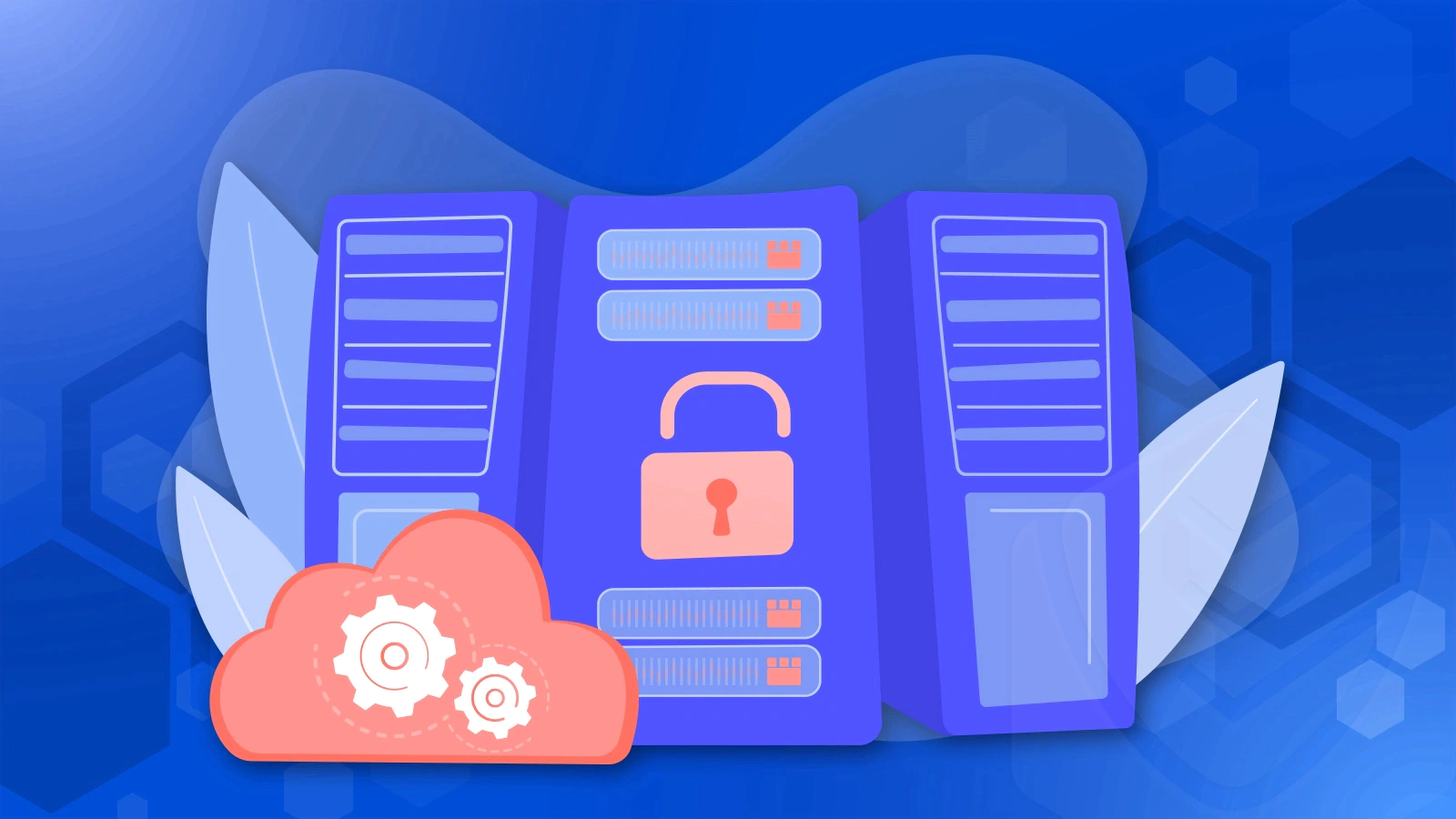

Back up all important data regularly and store copies offline and in the cloud.
Network security
A secure network is vital for online business operations. A data breach could jeopardize sensitive information, finances, and your company's reputation. Here are essential network security tips for small businesses.
To protect your Wi-Fi network, consider the following:
Use a robust password to encrypt your Wi-Fi network.
Conceal your network name (SSID) and alter its default name.
Regularly update your router's firmware.
Consider establishing a separate network for guests.
Employ strong encryption, such as WPA3.
Deactivate remote administration to avoid unauthorized access.
Monitor network activity. Use network monitoring and logging tools to identify and comprehend unusual activities. Regularly check these logs to detect potential security issues and threats.
Implement network segmentation. Divide your network into smaller sections to limit the potential damage from a security breach. Apply the appropriate security controls to each segment based on the risk involved.
Safeguard your printing environment. Enable access controls and secure printing on your printers and other print devices to prevent unauthorized access to sensitive documents.
Use network access control (NAC) tools. NAC solutions can help ensure that only authorized, up-to-date devices can access your systems via the network.
Disable any inactive network services. Switch off unused services on routers, switches, and other network devices to lessen your network's susceptibility to attacks. Moreover, close any inactive network ports, services, or applications.
Use a secure DNS service. To avoid DNS-based attacks and block malicious websites, consider using a secure DNS service.

Your network is crucial to operating your business online, so it's important to keep it secure.
Mobile device security
Mobile devices containing sensitive data or having access to the corporate network can present security risks. However, these issues are often neglected in small business cybersecurity plans. Here are some suggestions to enhance mobile device security:
Use Mobile Device Management (MDM). MDM software controls and secures devices like smartphones, tablets, and laptops. Functions include remotely locking or wiping devices, managing application installation, and enforcing security policies.
Establish a "Bring Your Own Device" (BYOD) policy. If employees are allowed to use their devices at work, devise a BYOD policy detailing security, acceptable device types, and usage rules.
Ensure secure authentication. Mandate strong, unique passwords or PINs for employee devices. Utilize multi-factor authentication (MFA) for business data and application access.
Encrypt data. Secure any sensitive data stored on mobile devices. Data encryption tools or native full-disk encryption or file-based encryption features in Android or iPhone devices can be used for this purpose.
Avoid unrestricted app downloads. Allow app downloads only from verified sources like the Google Play Store or the Apple App Store. Monitor and manage apps with the assistance of MDM tools.
Educate employees. Train your team members on best practices for protecting mobile devices, identifying phishing scams, avoiding untrusted downloads, and reporting lost or stolen devices.
Implement remote lock and wipe features. Ensure all mobile devices can remotely lock and delete data to protect sensitive information if the device is lost or stolen.
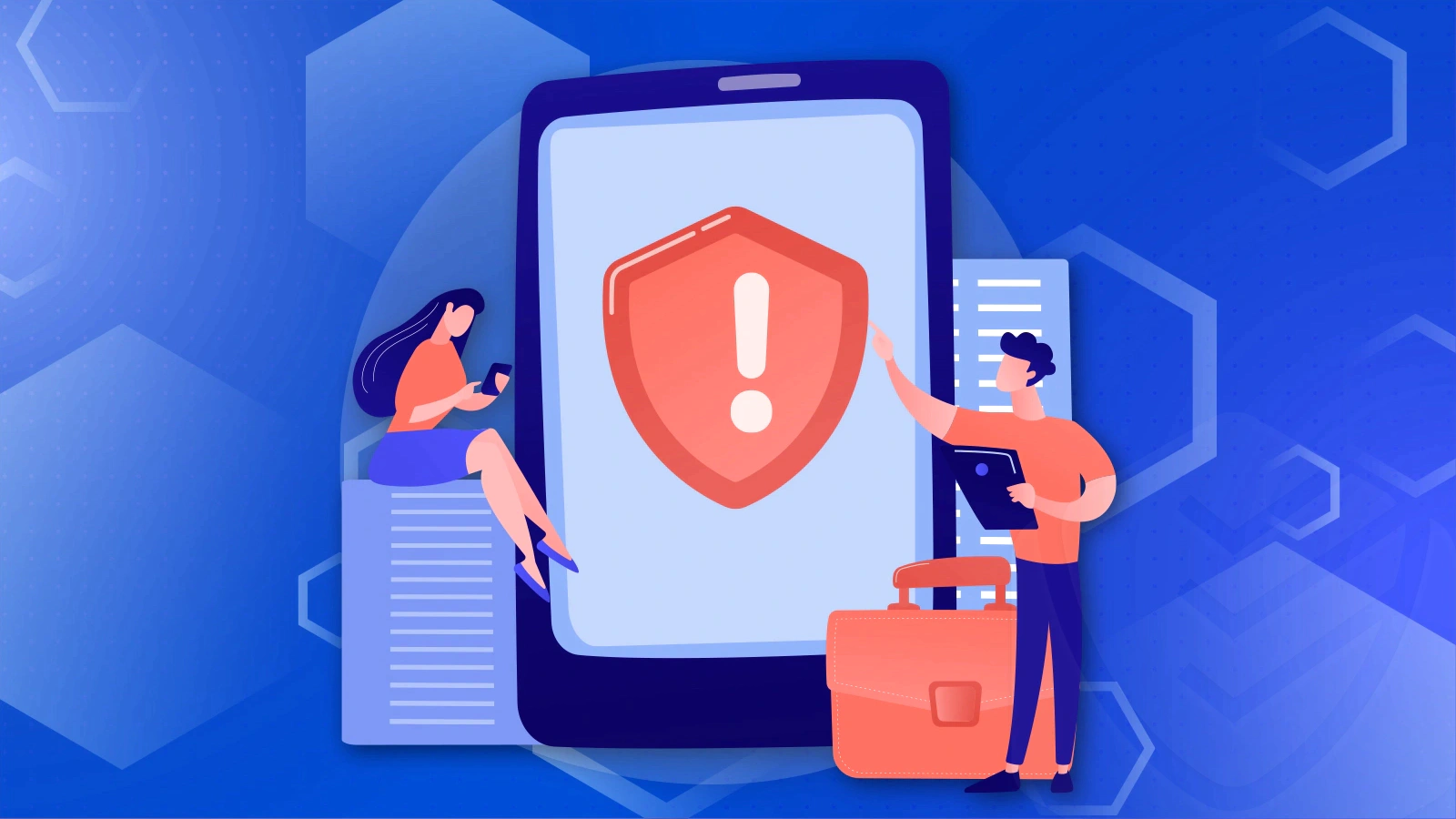

Use a Mobile Device Management (MDM) solution to manage and secures employee smartphones, tablets, and laptops.
Remote work
Remote work presents unique cybersecurity challenges. Therefore, remote workers should follow security best practices to protect sensitive data. Here are crucial remote work cybersecurity tips for small businesses:
Secure Wi-Fi connections. Employees should use password-protected Wi-Fi networks with modern encryption standards, such as WPA3. Public Wi-Fi networks should not be used without a VPN.
Use a Virtual Private Network (VPN). VPNs like CyberGhost or ExpressVPN allow remote workers to create an encrypted connection to the corporate network, protecting data in transit. VPNs redirect traffic from a user's primary internet connection to another, more secure network before it reaches the destination website or service. They work best when using public internet connections.
Implement multi-factor authentication (MFA). Add another layer of security by mandating the use of MFA when accessing company accounts. This will help prevent unauthorized access.
Utilize endpoint security tools. Install antivirus software like Bitdefender, Norton, and McAfee on your employees' devices to keep them safe. Ensure these tools are always updated.
Use secure, encrypted video conferencing and collaboration platforms. Implement strong access controls, like passwords or meeting IDs, to prevent unwanted access during live conferences.

When working remotely, use a VPN to create an encrypted connection to the corporate network.
Email security
Small businesses should enhance email security to guard sensitive data against phishing, malware, and spam. Here are some email security practices to consider:
Use a reliable email provider. Select an email service with built-in security features, such as email encryption, spam filtering, and phishing protection. Examples include Zoho Mail, Microsoft 365, and Google Workspace.
Implement email policies. Establish rules about email usage by employees. This includes dealing with sensitive information, personal use of work email, and reporting suspicious emails.
Use email encryption. Protect sensitive data in transit with email encryption tools like Multipurpose Internet Mail Extensions (MIME) or Pretty Good Privacy (PGP).
Enable spam filtering. Use spam filtering software to block unwanted and potentially harmful emails from reaching your employees' inboxes.
Regularly update email software. Ensure your email client software is up-to-date with security patches and features.
Implement Domain-based Message Authentication, Reporting & Conformance (DMARC) — an email authentication protocol that helps to prevent phishing and email spoofing.
Use discretion when forwarding emails. Avoid forwarding company emails to personal or external addresses to protect sensitive information.
Limit local email downloads. By reducing local email downloads, you can protect sensitive information and decrease the risk of data leaks.
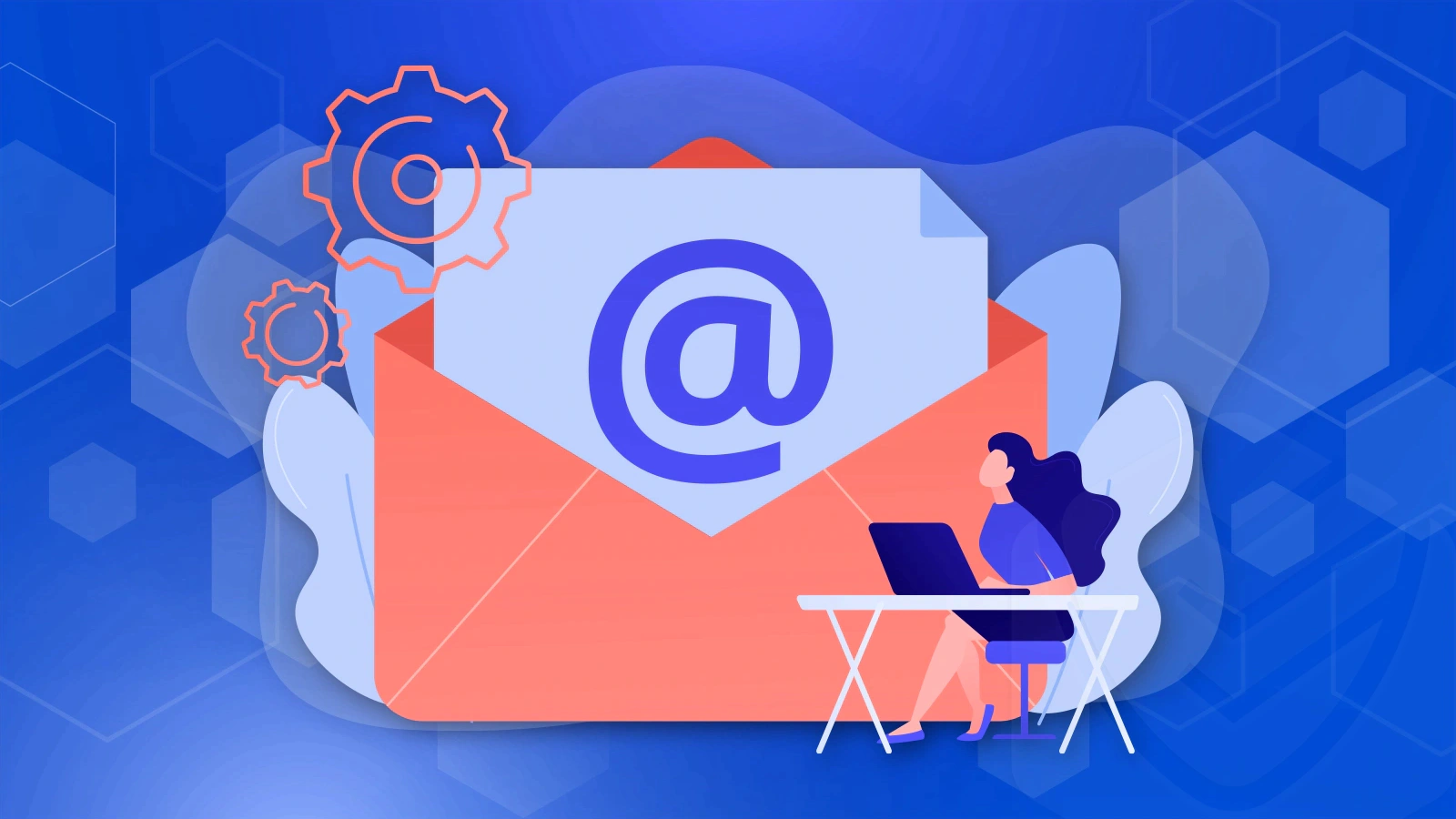

Make clear rules about how your employees can use email, including how to handle sensitive information.
Website security
Improving your small business website's security is crucial to safeguard your online presence, customer information, and company reputation. Here are some suggestions:
Fortify your Content Management System (CMS). Follow CMS security best practices like disabling file editing, removing unnecessary plugins and themes, and concealing your CMS version number.
Install security plugins. If your CMS is WordPress, Joomla, or Drupal, consider adding security plugins to provide additional defense against threats and vulnerabilities.
Regularly update your CMS and plugins. This ensures you have the latest security patches.
Install SSL/TLS security. Use an SSL/TLS certificate to encrypt data sent between your website and visitors. Ensure your site uses HTTPS.
Safeguard your hosting environment. Choose a web host with firewalls, intrusion detection, and regular backups. Ensure the hosting platform is well-configured and up-to-date.
Monitor your website. Look for signs of malware infections, unauthorized access, or other security issues. Google Search Console and other security monitoring services can be useful for this purpose.
Prevent brute force attacks. Use CAPTCHAs, strong password policies, and login attempt restrictions to defend against brute force attacks.
Ensure safe data transfer. If your website supports user file uploads, implement validation to prevent malicious file uploads.
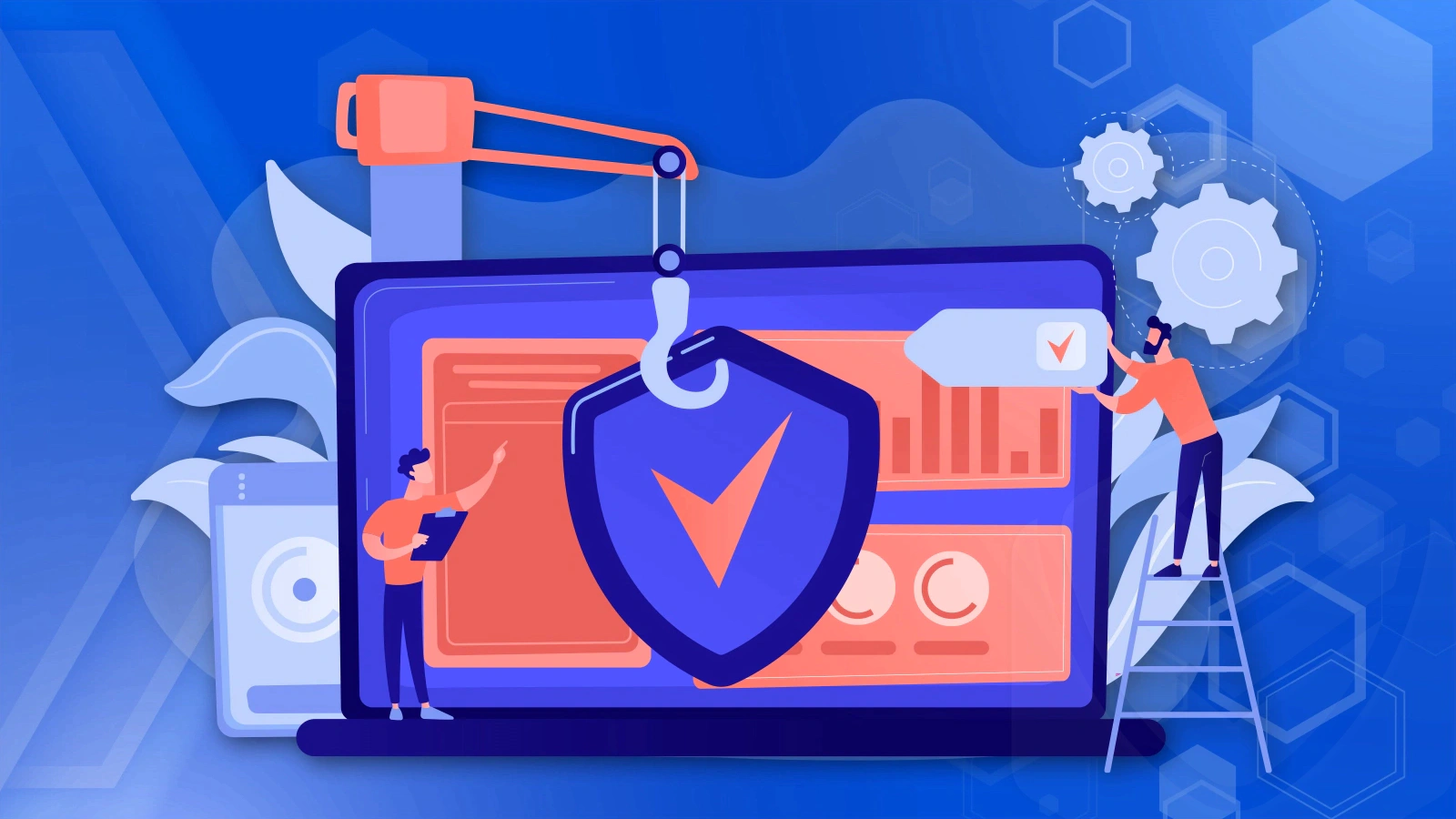

Install security plugins if you're using a CMS like WordPress, Joomla, or Drupal.
Key takeaways: small business cybersecurity tips
The following points summarize the key cybersecurity practices for small businesses:
Train your employees. Make sure they understand potential risks and cybersecurity best practices.
Limit employee access. Control their permissions to sensitive data and implement appropriate policies.
Use strong passwords, regularly change them, and enable multi-factor authentication (MFA).
Implement a robust firewall to secure your network and prevent unauthorized access.
Regularly back up your data to cloud-based or physical storage devices. Encrypt your local drives with appropriate software.
Secure your mobile devices with a Mobile Device Management (MDM) solution.
Choose a secure email provider with strong anti-spam features. Train employees to recognize phishing attempts.
Secure your website. Use security plugins for your CMS and install an SSL certificate. This protects the sensitive data of your website visitors.
Install endpoint protection (antivirus software) on all work devices. Solutions such as Bitdefender, Norton, and McAfee add extra layers of protection to your operating systems.
Octav Fedor (Cybersecurity Editor)
Octav is a cybersecurity researcher and writer at AntivirusGuide. When he’s not publishing his honest opinions about security software online, he likes to learn about programming, watch astronomy documentaries, and participate in general knowledge competitions.